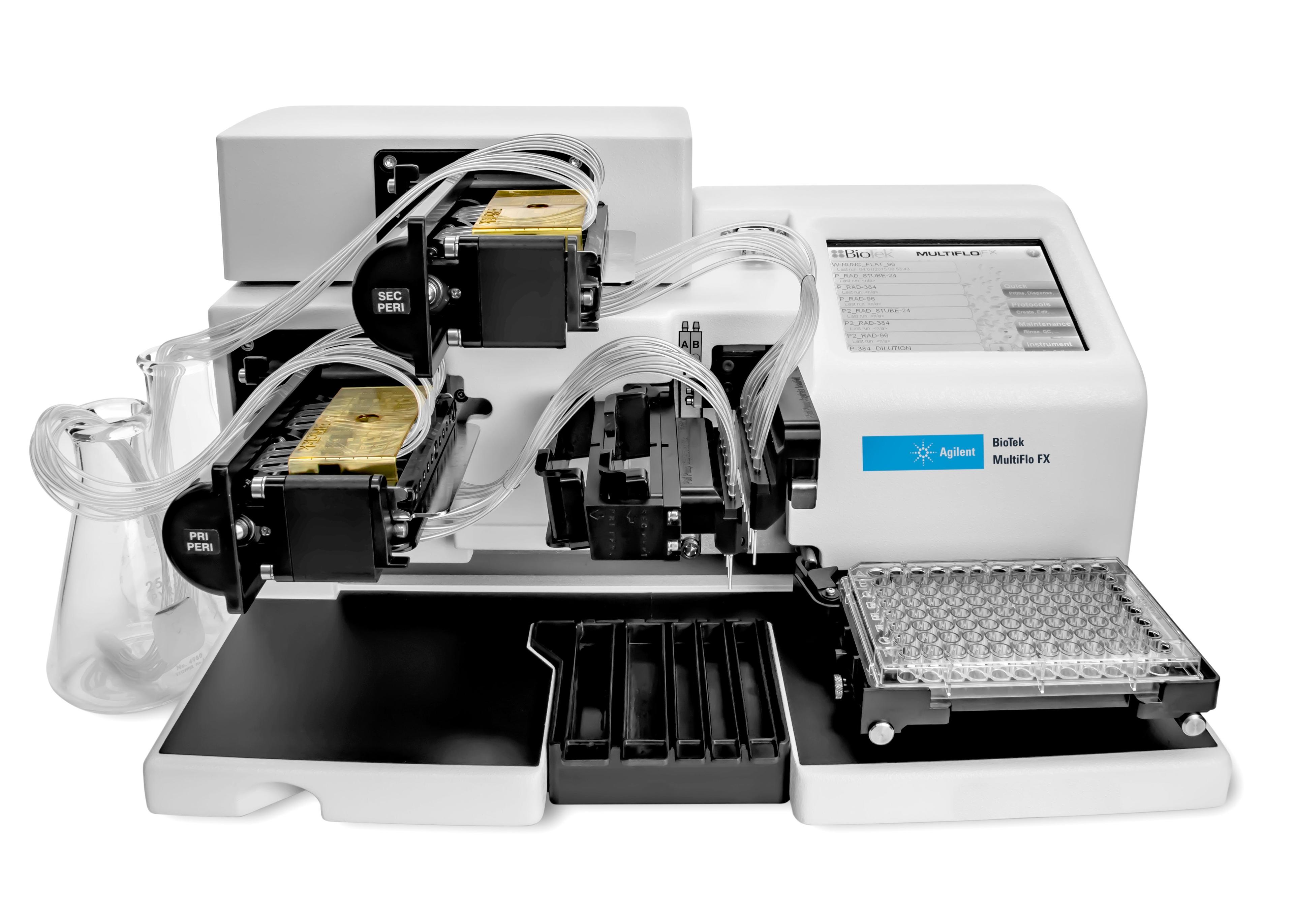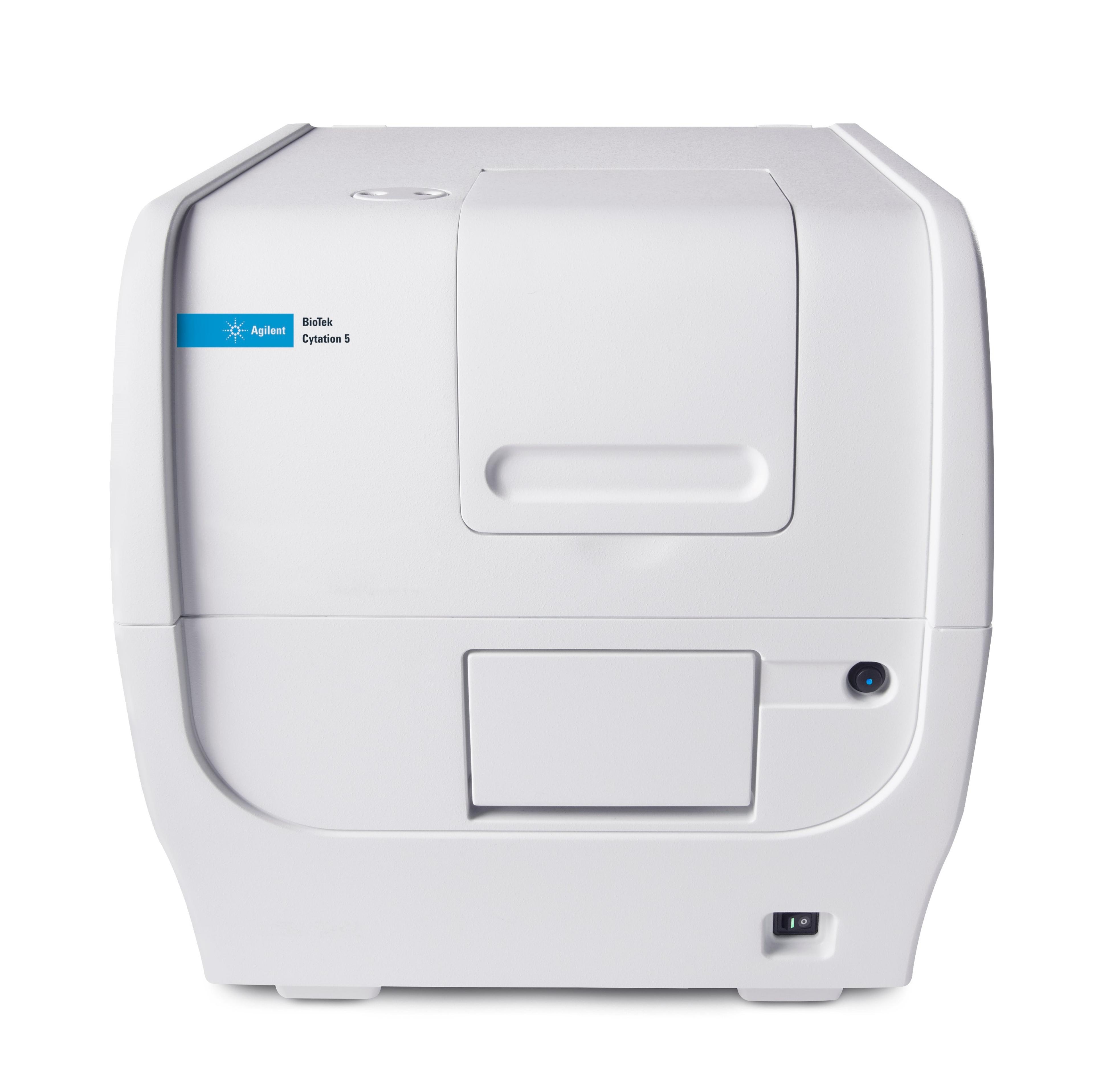Master media exchange for long-term spheroid assays: Solutions & troubleshooting top tips
Protect long-term 3D cell-based assays for toxicology, oncology, disease modeling and more
14 Nov 2021
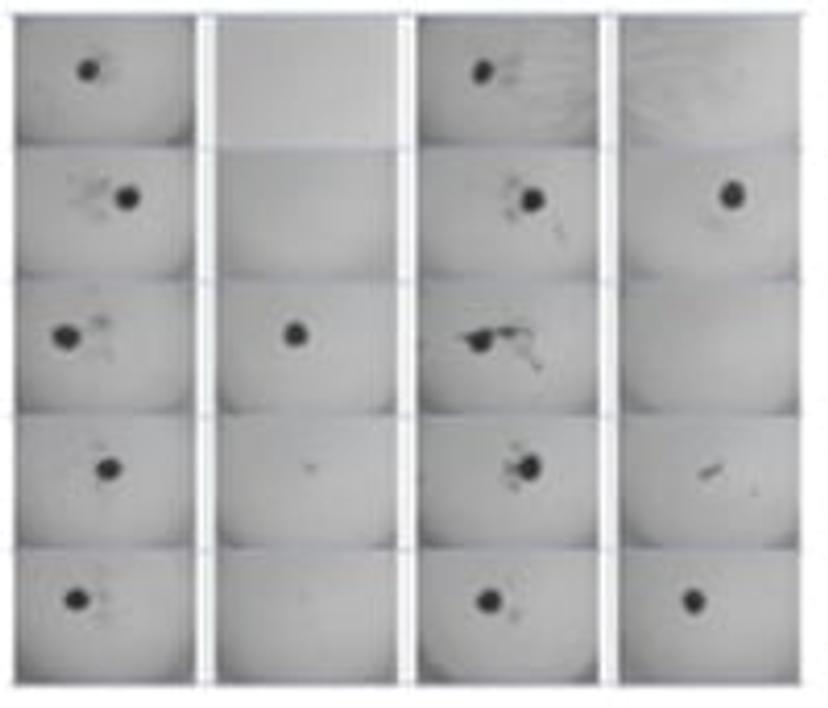
The use of 3D cell models provides a more physiologically relevant setting for experiments compared to cells grown on flat 2D surfaces and is proving to be key in both life sciences research and preclinical studies. Overcoming some of the limitations associated with 2D cell cultures for predictive modeling of clinical outcomes, 3D cell cultures, such as spheroids and tumoroids, provide more in vivo-like environment that aids cell viability over longer periods of time. With an uptake in long-term spheroidal 3D live cell assays, it is essential that media exchange and dosing steps are performed with minimal disruption to unattached 3D cultures. Here, we look at a new solution for media exchange for your long-term microplate assays that will help to protect your cells and experimental results.
Moving on from manual methods
Using a single or multichannel pipette can be tedious and time-consuming, especially when working in high-throughput 96-384 well microplate formats. Uttermost care must be taken to remove and add liquid as slowly as possible so that the spheroids are not disturbed or removed. Even with care, one wrong move and spheroids suspended in cell culture media can be aspirated from the well, damaged, or simply pushed out of the field of view.
To eliminate consequences of human error and enable the scale-up of experiments to a high throughput format, automated liquid handling is ideal for long-term assays, which can last a week. While some larger liquid handling systems require large containment systems to avoid contamination of experiments, a new contender to the market takes the form of a module for the compact MultiFlo FX Multi-Mode Dispenser from BioTek Instruments, Inc. The new patent-pending AMX™ Automated Media Exchange modules are designed to facilitate gentle media exchange for microplate-based spheroid applications, with liquid transferred in a slow and controlled manner, making 3D assay procedures easy to perform.
BioTek’s Trouble Shooting Top Tips for Spheroid Assays
Long-term assays: When performing long-term assays using 3D cell models, media exchanges should be automated to ensure that are always in fresh media so that experiment results aren't compromised.
Aspiration: If an automated media exchange method, such as the use of the AMX module, is incorporated, aspiration rates should be optimized to ensure that spheroids are not removed from test wells. Smaller spheroids created from fewer cells, having a smaller mass, will require a slower rate of aspiration compared to larger spheroids having a greater mass.
Final volume: Placement of the tubes in the z-axis for aspiration and dispense will vary depending on the desired final volume in the well. Moving the tubes further into the well by using a smaller z-axis offset is necessary for an 85% liquid removal, whereas the tubes can remain higher in the wells for a 50% liquid removal.
Incubation: When using a fluorescent probe, or performing immunofluorescence with 3D spheroid-based cell models, increased incubations are commonly required, as the reagent or probe needs a longer time to penetrate into the interior portions of the 3D cell model.
Imaging: To ensure unattached spheroids are included in an imaging field of view, it is recommended to capture a montage of images in the x- and y-axes due to the propensity of the spheroid to move slightly away from the well center during processing. When this procedure is combined with z-stacking to image the 3D structure in multiple z-planes, an accurate assessment of the cells within the spheroid can be attained.
The perfect set-up to protect your spheroids
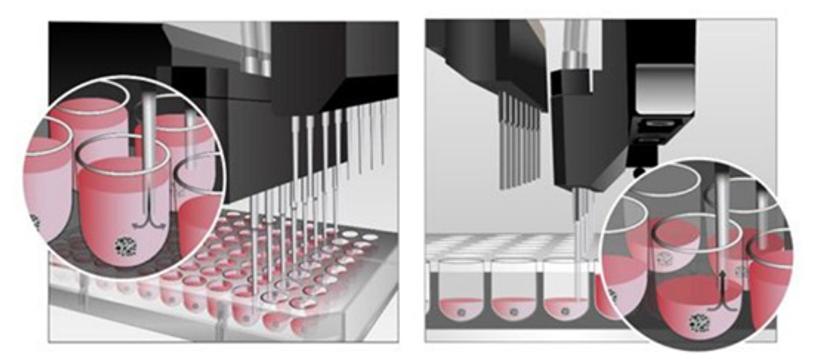
Designed for media exchange and washing of unattached 3D Cell Structures, the AMX™ can be optimized for your experiments to eliminate the risk of accidental spheroid removal. The module consists of two peristaltic pumps and two autoclavable cassette heads, one set for aspiration, the other for dispensing liquids. Dispensing and aspiration can be optimized to accommodate your microplate design and spheroid types to avoid contact with cell structures, control the volume of liquid removed and manage liquid flow rate — all to ensure spheroids are protected while media exchange or dosing steps take place.
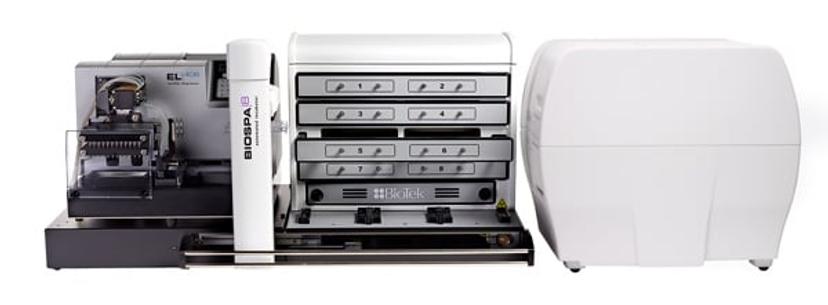
Combined in a set-up with the BioStack Microplate Stacker or BioSpa™ 8 Automated Incubator, along with the Cytation 5 Cell Imaging Multi-Mode Reader, you can create the perfect high-throughput environment for automation of endpoint processes and live cell assays, all within a laminar flow hood.
Read about the benefits of the AMX™ module compared to manual pipetting for media exchanges using unattached 3D spheroid models in this technical note.
Learn more about the MultiFlo FX and AMX™ module and how they can be used to automate media exchange for spheroid cultures.

